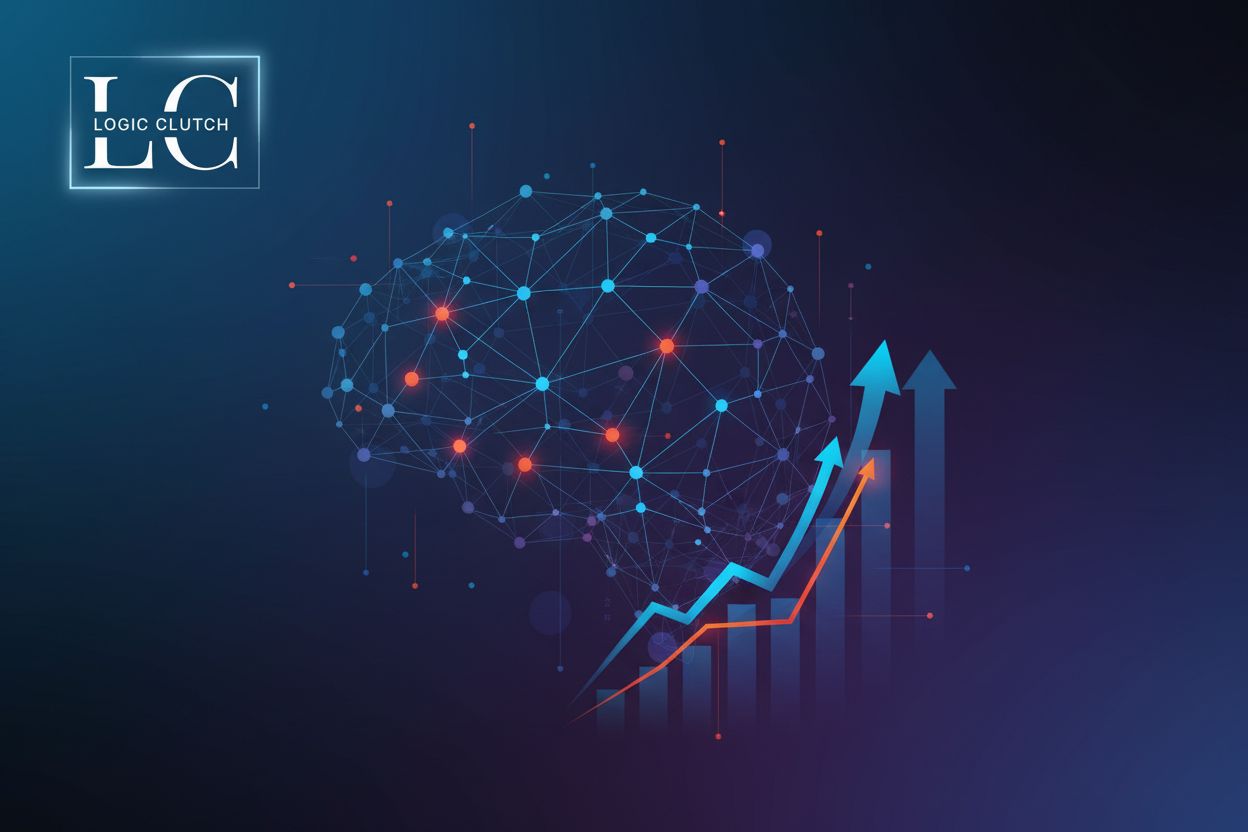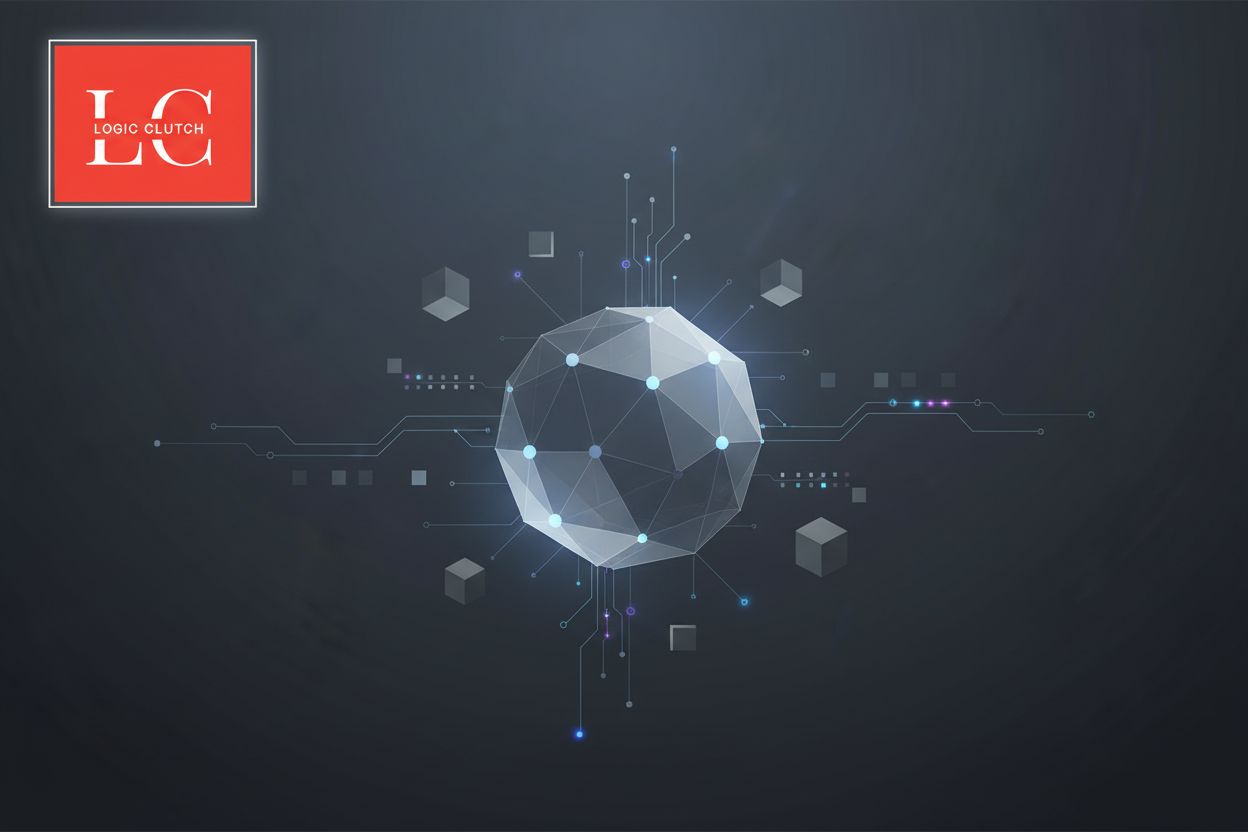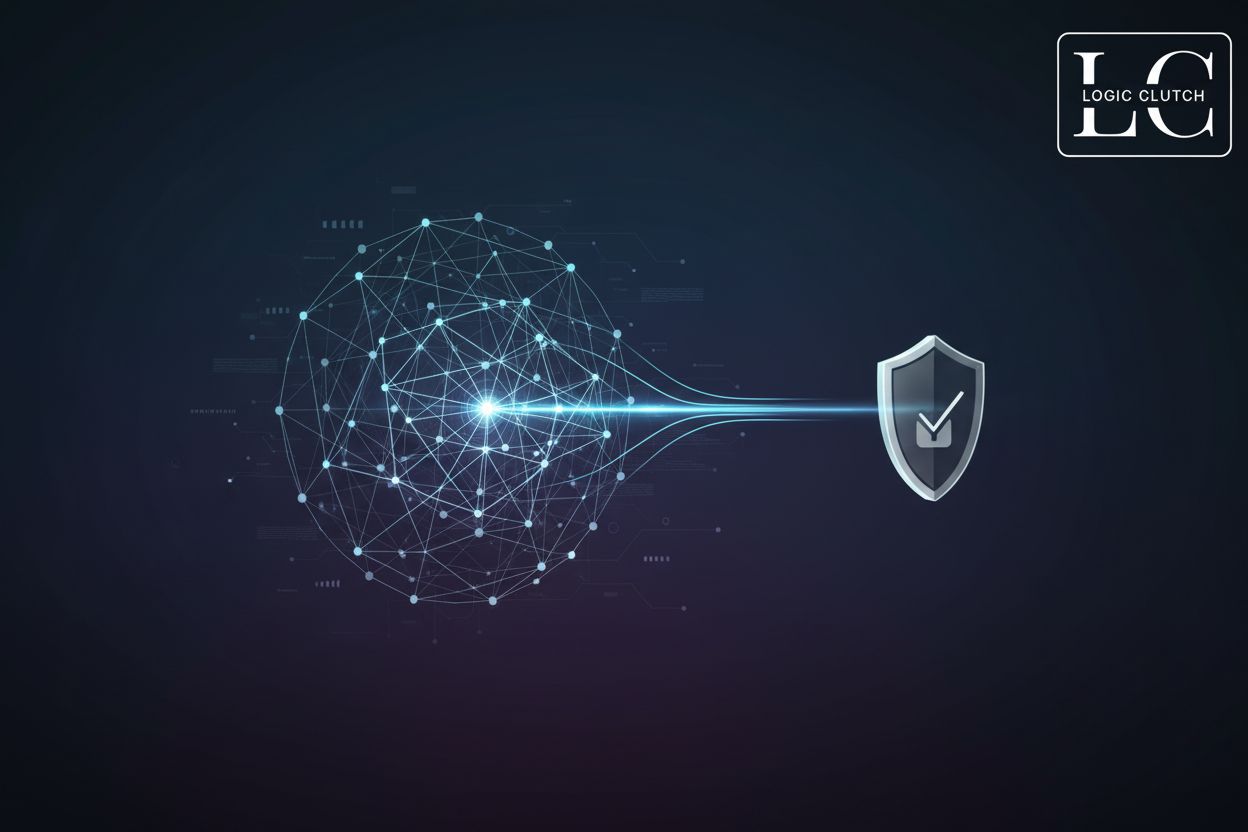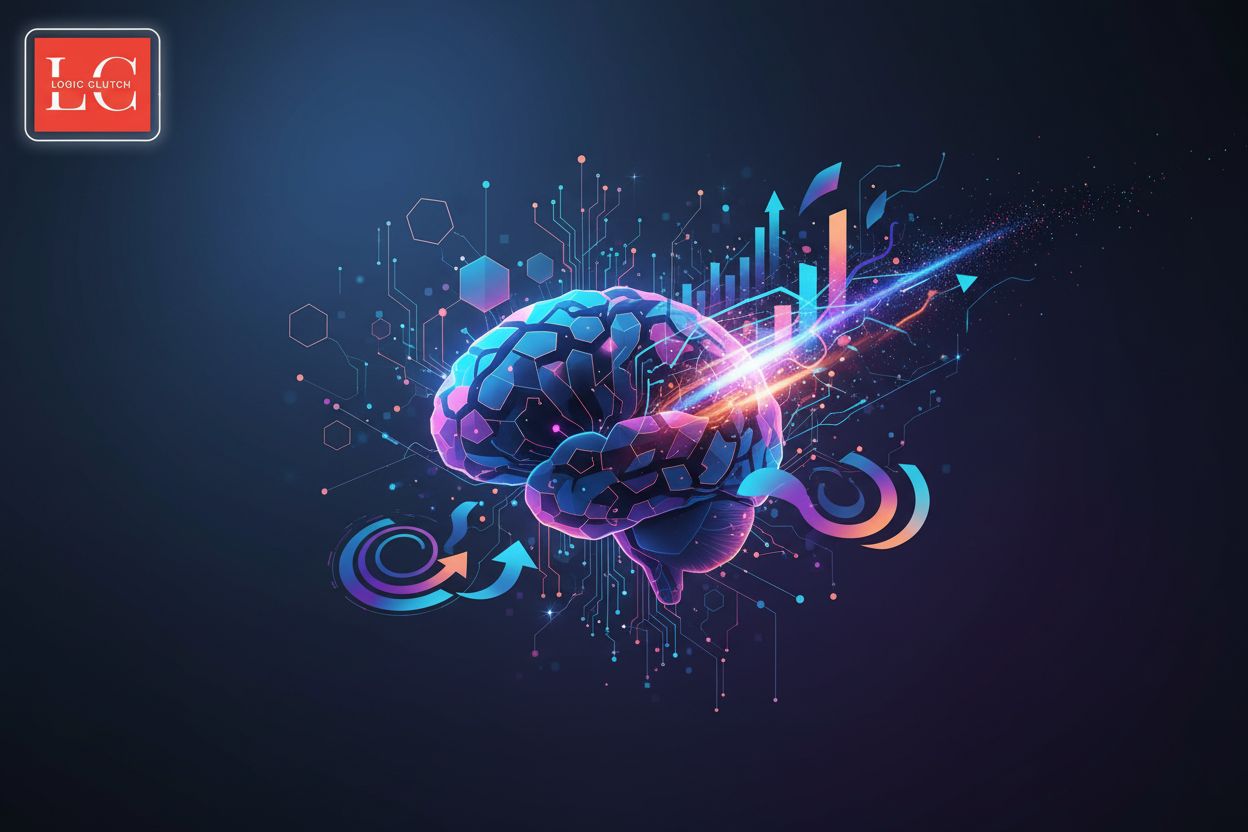Decoding Neuro-Symbolic AI: A Practical Guide for Tech Leaders
TL;DR
Understanding the Neuro-Symbolic AI Paradigm
Imagine AI that not only predicts but also explains why. That's the promise of Neuro-Symbolic AI, a hybrid approach poised to redefine how we interact with intelligent systems.
Neuro-Symbolic AI merges neural networks and symbolic AI Neuro-symbolic AI - providing background on the integration of neural and symbolic architectures. It aims to combine the strengths of both paradigms:
- Neural networks excel at pattern recognition and learning from data.
- Symbolic AI provides structured knowledge representation and logical reasoning.
This combination addresses the limitations of each approach, creating more robust and transparent AI systems.
Traditional neural networks often act as "black boxes," making it difficult to understand their decision-making processes. Symbolic AI, while interpretable, struggles with complex, unstructured data. Neuro-Symbolic AI bridges this gap.
This approach offers several key benefits for businesses:
- Transparency: It helps address the limitations of "black box" AI models by providing insights into how decisions are made.
- Explainability: As Amit Sheth points out in "Neurosymbolic AI -- Why, What, and How", combining neural networks and knowledge-guided symbolic approaches creates more capable and flexible AI systems.
- Trustworthiness: It meets the increasing demand for reliable AI in critical applications like healthcare and finance.
- Generalization: It enables AI systems to reason, adapt, and generalize more effectively across different scenarios.
As we delve deeper, we'll explore the practical applications of Neuro-Symbolic AI and its impact on various industries. Next, we will discuss the limitations of current AI models.
Key Components and Architectures of Neuro-Symbolic AI Systems
Can AI systems truly blend intuition with logic? Neuro-Symbolic AI architectures offer a way, combining neural networks and symbolic processing to solve complex problems. Let's explore the key components that make this possible.
Neural networks bring pattern recognition and feature extraction to the table. They excel at perception tasks, like identifying objects in images or understanding speech. In Neuro-Symbolic AI, neural networks often act as the front end, processing raw data and translating it into a format that symbolic systems can understand.
Symbolic AI provides the structure for reasoning, planning, and decision-making. It uses logic, rules, and knowledge graphs to represent information in a structured way. These systems use techniques for representing knowledge in a structured and interpretable way.
Several architectures exist for integrating neural and symbolic components. According to Neuro-symbolic AI, one approach, Neural | Symbolic, uses a neural architecture to interpret perceptual data as symbols and relationships that are reasoned about symbolically. Another approach, Neural Symbolic, uses a neural net that is generated from symbolic rules.
To continue, we will examine the limitations of current AI models.
Practical Applications of Neuro-Symbolic AI Across Industries
Can robots truly understand their surroundings and make informed choices? Neuro-Symbolic AI offers a path, enabling machines to reason and act in complex environments.
- Reasoning About Surroundings: Robots use Neuro-Symbolic AI to interpret sensory data and apply logical rules.
- Planning and Navigation: They also use it to plan routes and avoid obstacles by combining neural networks for perception with symbolic AI for reasoning.
- Task Execution: Robots execute complex tasks by breaking them down into smaller, logical steps.
Consider a robot in a hospital. It uses its sensors (neural networks) to identify objects, like medicine or patients. Then, it uses symbolic AI to determine the correct course of action, such as delivering medication to the right person or calling for assistance in an emergency. This blend of perception and logic makes the robot more reliable.
As we look forward, we will examine the limitations of current AI models.
Overcoming Challenges and Future Directions
The future of Neuro-Symbolic AI involves addressing key challenges and realizing ethical development. Let's look at how the industry is planning to move forward.
Computational complexity poses a significant hurdle. Overcoming this requires specialized infrastructure. Optimization strategies can help scale Neuro-Symbolic AI applications efficiently.
Mitigating bias is crucial for fairness. Promoting transparency builds trust in AI decision-making. Addressing risks ensures the responsible evolution of Neuro-Symbolic AI. As Amit Sheth mentioned earlier, AI systems must be explainable.
Neuro-Symbolic AI promises a future where AI is both intelligent and ethical.








